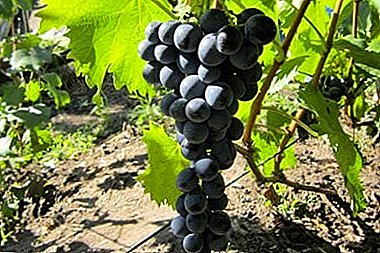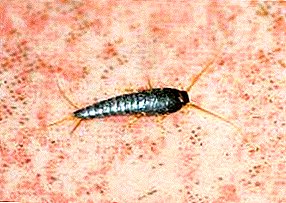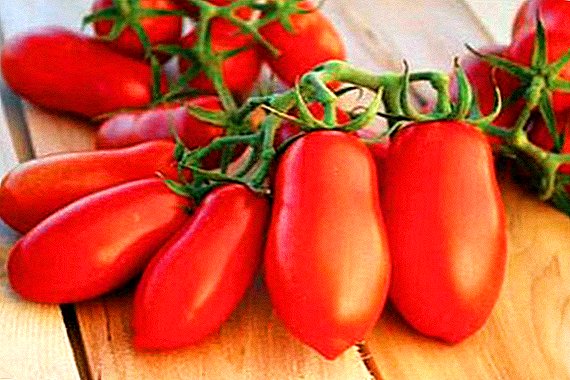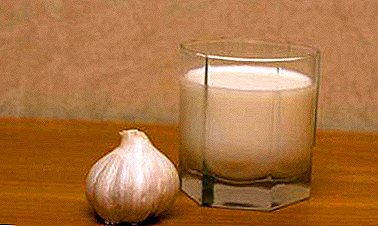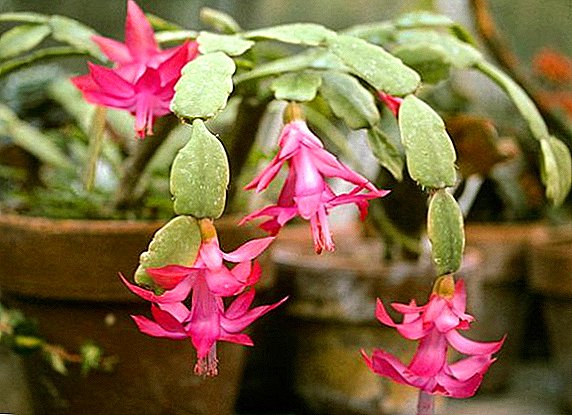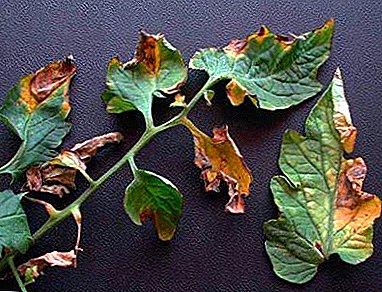
Verticillous wilting or wilt is caused by a fungal pathogen of the genus Verticillium. Infection occurs through the soil, with young shoots that are poorly resistant to the disease, as well as plants with damaged roots.
Diseases of garden and garden plants are caused by various types of infections. Depending on the origin, they are divided into bacterial, fungal and viral.
One of the fairly common fungal diseases of plants is verticillary wilting.
What it is?
It can persist in contaminated soil for several years without showing itself, but under favorable conditions it is activated again, destroying plantings. Wilt enters the plant through the root system, especially in the presence of a large number of root hairs and root microtraumas. After that, the plant ceases to receive the necessary nutrition and moisture from the soil and dies.
How does the infection occur?
The pathogen of the disease penetrates through the soil into the root system.
 Further spreads to the root collar and stem processes. Plants are especially often infected under adverse conditions:
Further spreads to the root collar and stem processes. Plants are especially often infected under adverse conditions:
- high humidity;
- sudden changes in temperature;
- lack of air ventilation.
Infection occurs through the soil, the source can be plant debris, seeds, seedlings, also disputes can be transferred by wind or fall into the ground when watering from a poor quality source.
What is dangerous?
Wilt is a serious threat to garden and garden crops. Penetrating through the roots, it begins to actively grow, filling the vessels in the stems and in the future completely blocking the plant access to moisture and nutrients. In addition, it releases toxic substances that have a destructive effect.
The disease is dangerous because it is not always possible to recognize it immediately, besides, it can manifest itself after infection only after a year or two.
What cultures are striking?
The main crops affected by this disease are:
- ornamental plants: roses, phloxes, lilacs, chrysanthemums;
- fruit trees and shrubs: raspberry, peach, plum, cherry, currant, as well as strawberries and strawberries;
- vegetables: eggplant, tomato, potato, cucumber, onion, zucchini, pepper.
How to detect?
At defeat of a plant at a stage of shoots sprouts perish, at the same time they twist in a spiralthat is a characteristic symptom of the disease. If the plant is infected later, as the disease progresses, the roots begin to rot and die.
Externally, the first signs will be the drying and wilting of the leaves of the plant, first lower, then on the whole shoot. The stems are wadded to the touch, the flowers, like the foliage, the fruits, completely die off, darken, dry out and fall off. In order to accurately determine the presence of this disease, it is necessary to make a cut of the affected shoot. It will clearly show the darkening of the tissues - brown spots.
If you find signs of disease, the affected plant must be carefully dug and destroyed, this will prevent contamination of the soil and other crops.
General principles of protection against disease
 To cure a wilt-affected plant is often not possible, especially in advanced cases. The fungus is able to stay in the soil for a long time, to fight it hard. However, there are general measures to combat and prevent:
To cure a wilt-affected plant is often not possible, especially in advanced cases. The fungus is able to stay in the soil for a long time, to fight it hard. However, there are general measures to combat and prevent:
- constant use of crop rotation;
- timely removal of plant residues and diseased plants;
- If a wilt is suspected, the plant must be carefully excavated and burned;
- produce watering with warm water, at least 20 degrees and in sufficient quantities;
- timely to introduce phosphorus and potassium in the form of fertilizers;
- before plowing a plot, fungicides, bleach are added to the soil;
- watering plants with fungicide solutions: foundation, precursors, vitaros, etc .;
- processing plantings using a solution of charcoal, chamomile.
Features of treatment of various cultures
Pepper
 For this culture, there are three forms of wiltus disease: dwarf, brown and green. The first sign of infection is leaf infestation during the daytime. When dwarf and brown form, they then begin to darken, become covered with uneven spots and further dry out. When the green form dies off the leaves without changing the color.
For this culture, there are three forms of wiltus disease: dwarf, brown and green. The first sign of infection is leaf infestation during the daytime. When dwarf and brown form, they then begin to darken, become covered with uneven spots and further dry out. When the green form dies off the leaves without changing the color.
Most often, these signs appear a month after disembarkation, before flowering. Ovaries on affected bushes are not formed. If the disease appeared later, the fruits are formed, but there will be small and shriveled.
The root system looks healthy, with dark necrosis on the stem section.
Strawberry
 The disease caused by fungi, often affects strawberries and strawberries. First, there is a drying of the leaves, from the lower to the upper, despite intensive watering. After the berries become brown. The wilt does not affect the yield, but all the berries are affected by rot.
The disease caused by fungi, often affects strawberries and strawberries. First, there is a drying of the leaves, from the lower to the upper, despite intensive watering. After the berries become brown. The wilt does not affect the yield, but all the berries are affected by rot.
Often the infection manifests itself during the formation of the whiskers, especially in new seedlings. Further, on the whiskers, as well as on the petioles, wilt spots and stripes of brown, sometimes bluish-black color, may be characteristic.
Also a sign of this disease in strawberries will be a very small bush size and redness of the plant's petioles. The root system is also intensely affected, changes color and structure, turns black on the tips and becomes loose, wadded.
Tomatoes
 The very first symptom of tomato damage is the appearance of fan-shaped yellowings on the leaves, and later necrotic spots form there. In the future, there is a daytime wilting of leaves, twisting. Gradual drying and dying off takes place from the bottom up. In some cases, the plant remains green, while the leaves are deformed and fall off. Fruits on diseased stems form small, yellowed on top, burning in the sun due to the absence of leaves.
The very first symptom of tomato damage is the appearance of fan-shaped yellowings on the leaves, and later necrotic spots form there. In the future, there is a daytime wilting of leaves, twisting. Gradual drying and dying off takes place from the bottom up. In some cases, the plant remains green, while the leaves are deformed and fall off. Fruits on diseased stems form small, yellowed on top, burning in the sun due to the absence of leaves.
The root system looks healthy at the beginning of the disease. After the leaves and stem begin to die, the roots rot. Such a plant must be carefully removed from the ground completely and destroyed. Process the soil in the hole with a solution of ferrous sulfate.
Preventive measures
For the prevention of this disease, it is first necessary to observe crop rotation. A plant that grew in the garden, should be re-planted there no earlier than in 3-4 years.
 When soil is infected, crop rotation is used enhanced, cultures alternate as often as possible. At the same time, crops that are easily affected by wilt are excluded from it, they are resistant to it: rye, barley and others.
When soil is infected, crop rotation is used enhanced, cultures alternate as often as possible. At the same time, crops that are easily affected by wilt are excluded from it, they are resistant to it: rye, barley and others.
Proper care of cultivated plants will also serve as wilt prevention. It is necessary to weed seedlings and fertilize in time, and also to destroy the weeds, without leaving their remnants in the area. Also preventive measures will be soil drainage and its timely loosening. Plants most susceptible to infection, it is better to choose hybrid varieties that are resistant to fungi.
To enrich the soil with organic matter and to improve its microflora after harvest, intermediate crops are sown. These include alfalfa, canola, mustard, etc.
Verticillary wilt is a serious threat to the future harvest. In addition, to cure an already infected plant will not work, it will have to be destroyed. Therefore, it is important to know about the methods of prevention of the disease and to have an idea about the first signs of wilt. Then the disease will not be able to spread over the site and the soil will not be exposed to infection, which is subsequently difficult to fight.



